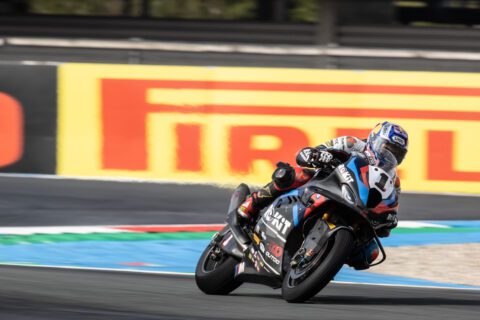Top racing teams like Formula 1 have been famously known as sports for the super-rich and being flush with money and luxurious lifestyles. For those who’ve been following up with these races, you must have seen figures like Max Verstappen and Lewis Hamilton signing up for multi-million dollar contracts. For instance, in 2023, Lewis Hamilton signed a £100 million contract with Mercedes that was supposed to see him stay with the company until 2025.
Details like how much bonuses and salaries these racers make are not something any loyal fan would want to miss out on. And that is what this article is about. We will take you through a journey that unveils how different teams compensate their players. But before we do, let’s take a look at how bonuses have revolutionized this industry.
The Power of Bonuses
Bonuses are not new, and their application can vary from industry to industry. As early as the 1900s, companies like J. P. Morgan had already incorporated bonuses like holiday perks to encourage their employees. In other industries, like the casino sector, game providers have been using bonuses to attract new customers and retain existing ones. For example, Australian free spins allow players to try out new casino games without having to commit their own money.
In racing, things are not different. Formula One, for instance, has a bonus point infrastructure where a driver earns one bonus point after recording the race’s fastest lap. However, a driver will only qualify to receive the point if he finishes as part of the top 10. In other companies like MotoGP, drivers can receive bonuses for podium finishes, lap records, pole positions, personal and title sponsors, etc.
As for personal sponsors, riders can reach an agreement to include their sponsors’ logos on their helmets, leathers or motorcycles. Drivers can also earn from helmet deals, where manufacturers pay them for wearing and endorsing their helmets. In such cases, an emerging brand will tend to pay more as it seeks to penetrate the market than premium helmet brands that have already earned a name. And shockingly, this figure can get anywhere between €300,000 and €400,000 for an entire season.
MotoGP
MotoGP considers several factors when paying its drivers, such as the driver’s track record, popularity, and marketability, among many other factors. In some instances, top factory riders can command salaries of anywhere between 6 and 8 million Euros. This, however, excludes Marc Marquez, who came out as the highest-paid MotoGP rider in 2023.
Marc actually received a base salary of about $16 million as part of a five-year agreement that he signed with the team in 2019. Other riders who have pocketed enormous salaries in the past include Bagnaia and Quartararo, who were paid about five million dollars by Ducati and Yamaha. Joan Mir receives about $3m while others like Johann Zarco receive $4m.
If you win the race, you can earn anywhere between one and five million euros, and for those that come from Moto2 or any independent team, the salary could range between €250,000-€500,000. These values can, however, vary as some riders could earn larger base salaries with smaller bonuses while others receive lower base salaries with larger bonuses.
In addition to salary and bonus payments, riders can earn from endorsement deals like appearing in a TV commercial or a special event. Plus, the riders don’t have to stress about paying for their own travel expenses—the company caters to such expenses.
You will actually be surprised to discover that such expenses are part of the most heavily negotiated items when signing the MotoGP contracts. Clinica Mobile caters to drivers’ medical expenses during races, while International Road Racing Teams Association (IRTA) insurance covers riders in case of an injury while training or racing.
World Superbike
Unlike MotoGP, where salaries can be quite high, WorldSBK’s salaries are considerably low. If a rider makes it to the top, for example, they can earn about €500,000-€600,000 per season. For World Championships, riders can receive up to €1 million or even more. It’s worth noting that riders with qualified profiles can buy full-time rides, which might cost around €300,000 – though this price could vary.
Just like salaries are scaled down for WorldSBK riders, bonuses are also scaled down, and in worse scenarios, some riders might not receive any bonuses. That said, WorldSBK can also make money from wearing and endorsing helmets and leathers. The value can be as high as €150,000 for helmets, while leather companies pay slightly less for the entire season.
When it comes to travel expenses, the terms of an agreement can vary from one rider to another. For riders who pay to be on a team, they obviously cater for their expenses. At the same time, riders who don’t pay to be part of a team might be given a travel budget to work with.
As you can see, people are really making money from racing. From the likes of Lewis Hamilton to other top industry names like Max Verstappen, the list is endless. As more and more people continue to join the racing industry, we can expect this industry will only continue to grow in the coming days.










